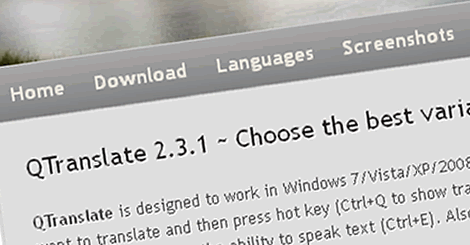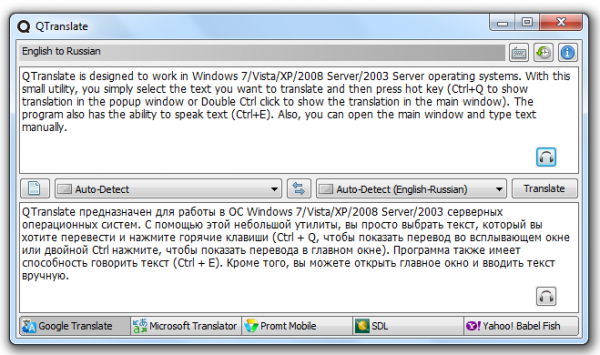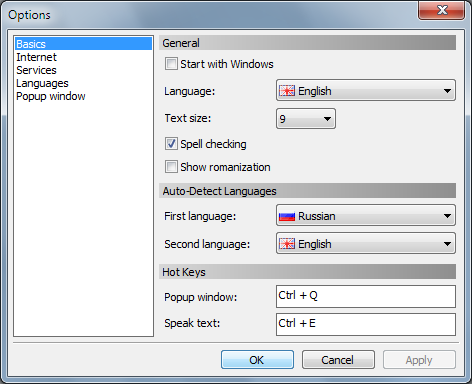Fine-Tuning Your Flight Search
 Monday, October 24, 2011 at 08:13AM
Monday, October 24, 2011 at 08:13AM Fine-Tuning Your Flight Search
By SUSAN STELLIN
LAST month, Google introduced the first version of its new flight search feature (Google.com/flights) and the response has mostly focused on what it does not offer. Right now, it can search only for round-trip tickets for select domestic destinations. And while it is much faster than other travel search engines, it does not display fares from all the airlines that serve a particular route.
Sean Carlson, a Google spokesman, said the current flight search is only an “early look” at what is in the pipeline and that more options will be added as engineers integrate technology from ITA Software, which Google bought earlier this year.
Though Google’s debut may have been premature, its foray into flight search has shaken up the competitive landscape, which is good news for travelers. One notable change is that travel search engines are finally moving away from the one-size-fits-all approach to booking a flight, and are building tools that answer specific questions about different types of trips. Here are some of the most pertinent queries that search engines are currently taking on.
WHAT IS THE TICKET PRICE, INCLUDING BAG FEES? Most search engines give you only the price of a ticket. But escalating fees for baggage, preferred seats and other extras have made some passengers wish they could see the total cost of a flight. Kayak.com has a fix — at least for the cost of checked luggage. On the left side of the fare results page, a link allows users to “Add baggage” to the fares Kayak has found.
“You can enter the number of bags you’re going to check, and we will instantly reprice all of those flights for you,” said Robert Birge, Kayak’s chief marketing officer. Although Kayak does not display fares from Southwest — which allows two free checked bags but does not share its fare data with other Web sites — this feature makes Kayak a good choice if you are going to check a bag when you fly.
IS THE TRAIN LESS EXPENSIVE? Hipmunk.com, a travel search engine that made its debut last year, automatically includes Amtrak prices and departure times when you search for flights on a route that is also served by the train. Adam Goldstein, one of Hipmunk’s founders, said that is an especially popular feature for trips between Boston, New York and Washington, but that it also appeals to people traveling on other short routes, like Chicago to Milwaukee or Seattle to Portland.
Hipmunk even highlights which trains have Wi-Fi, and its bar graph interface makes it easy to compare travel times and prices: the time bar stretches from the departure time to the arrival time for each flight and train. Hipmunk is known for taking a more visual approach to presenting information (rather than showing a long list of flights), but other travel sites, including Google, are experimenting with maps and graphs as well.
WHEN IS THE CHEAPEST TIME TO TRAVEL? Most travel Web sites now allow users to search for fares on dates close to the ones you initially input, so you can potentially save money by shifting your itinerary by a day or two. But for some trips — like a weekend visit with a friend — you may want to be even more flexible, looking for the cheapest time to travel in the next month or more.
My favorite site for this type of search is ITA Software’s Matrix search tool, which lets you select an option called “See calendar of lowest fares.” Once you enter the earliest date you can travel and the number of nights you want to stay, a calendar shows the lowest price for each departure date in the next month.
One drawback of using ITA Software is that it does not sell tickets; you have to recreate your itinerary and buy it through the airline or another site. But Google offers a similar feature if you click the not-so-obvious calendar icon after you enter your itinerary (it’s a gray square below the route map). Say you entered a three-night itinerary — a bar graph appears showing the price of a three-night trip for each departure date in the next six months. As you scroll down through each date, your trip is also highlighted on a calendar, so you can easily scan the cheapest Friday departures.
Although Kayak and other sites also offer versions of the flexible search option, Google’s calendar stretches out farther, its results are quicker, and its interface is better. Once Google’s flight selection is more comprehensive, its flexible search will be tough to beat.
WHERE CAN I GO WITHIN MY BUDGET? One area travel sites have been slow to address is what Henry Harteveldt, a travel industry analyst with Atmosphere Research Group, calls the dream phase of vacation planning.
“Not everybody knows where they want to go when they start thinking about a trip,” Mr. Harteveldt said. “I think this is where the future of flight search is going to be.”
He pointed to Kayak’s explore feature (kayak.com/explore) as a model; it lets you enter your departure city, travel season, budget and maximum flight time and then displays a map showing where you can go within those parameters. Although the airfares displayed above each city are subject to change after you choose a travel date, this feature is a good way to discover destinations you might not have considered, like comparing various islands in the Caribbean.
Google also has a version of this feature; a route map is displayed when you search for flights, showing prices for major cities and adding other destinations as you zoom in. But Google’s current flight data limitations make that feature less useful for now.
WHEN’S THE BEST TIME TO BOOK? Microsoft’s Bing flight tool (travel.bing.com) does the best job of helping travelers decide when to book by presenting a “buy now” or “wait” recommendation above the results when you search for a flight. Although those predictions can be hit or miss, Bing’s “fare history” link shows the average low and the recent price history for the route you entered, so you can gauge whether you are getting a reasonable fare. That is especially useful if you are flying somewhere new and have no idea what a ticket should cost. Kayak offers a similar option (“Show fare charts”) in the left margin of its search results, but its link is easy to overlook — a design challenge as sites add new tools.
“There’s a really tough balance here in terms of how much information to present,” Mr. Harteveldt said. “But you have to make it easy for customers to discover what they want.”
 Miguel M. de la O | Comments Off |
Miguel M. de la O | Comments Off |  Travel
Travel 







